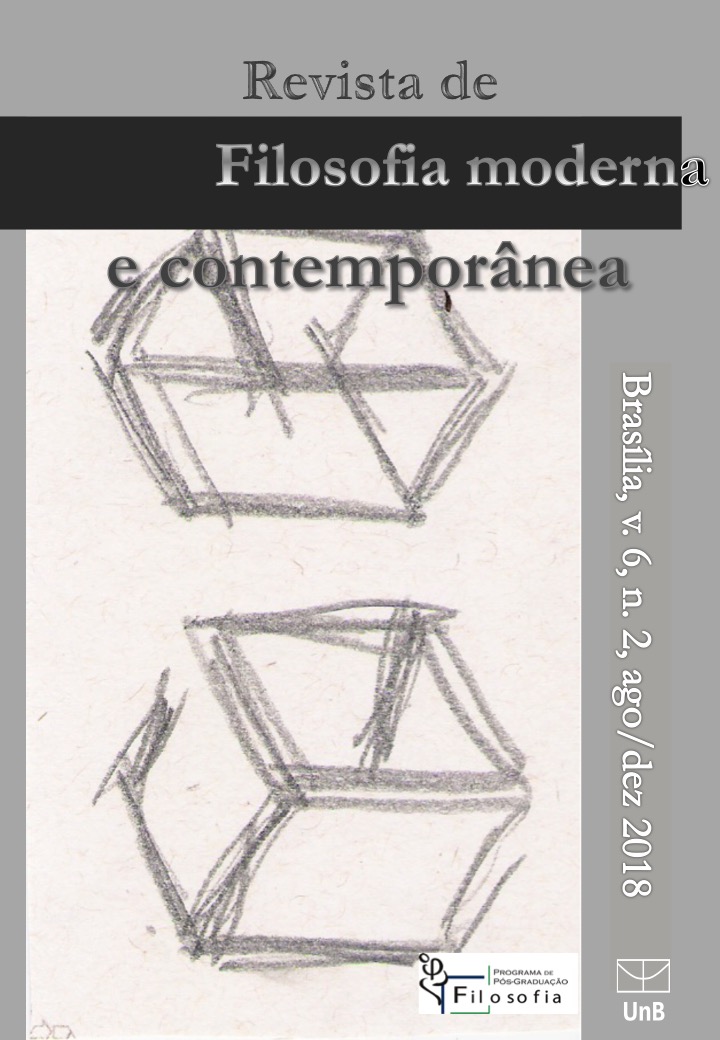Schelling and the Question on the Practical Postulates in "Philosophical Letters on Dogmatism and Criticism
DOI:
https://doi.org/10.26512/rfmc.v6i2.19682Keywords:
practical postulates, criticism, dogmatism, unconditionedAbstract
The text "Philosophical Letters on Dogmatism and Criticism" was published between 1795 and 1796 ain the Jena´s Philosophisches Journal einer Gesellschaft Teutscher Gelehrten. Friedrich Wilhelm Joseph Schelling was 21 and finished his studies at the Institute of Tübingen. Schelling demonstrates that both dogmatism and criticism have one common point: the inability to demonstrate the deduction of the individuation process from which the multiple arises from an absolute unity. On the one hand, Schelling points out that Spinoza could indeed formulate the question "how the Absolute comes out of himself", however, it was inconceivable to him how the Absolute can come out of itself. On the other hand, Schelling considers that criticism can prove the need for synthetic propositions for the domain of experience. "But ... why is there, in general, a domain of experience?" The two aforementioned issue’s solution becomes necessarily a practical postulate. Schelling's originality consists in the fact that the author speculates on the possibility of solving this problem, considering that the absolute unity of reason can only appear, so to speak, by the necessity of reason in general to become practical. However, it is a necessity that is not valid "for a determined reason, imprisoned in the fetters of an isolated system; (...) reason "should, where knowledge ceases, create itself a new domain, that is, it would have to become, from merely cognitive reason, a creative reason." This paper aims to present one of the roots, so to speak, of the dialectic of imagination within Schelling's thought, namely: Kant's notion of unconditioned.
Downloads
Downloads
Published
Issue
Section
License
Copyright for articles published in this journal is retained by the authors, with first publication rights granted to the journal. By virtue of their appearance in this open access journal, articles are free to use, with proper attribution, in educational and other non-commercial settings.


